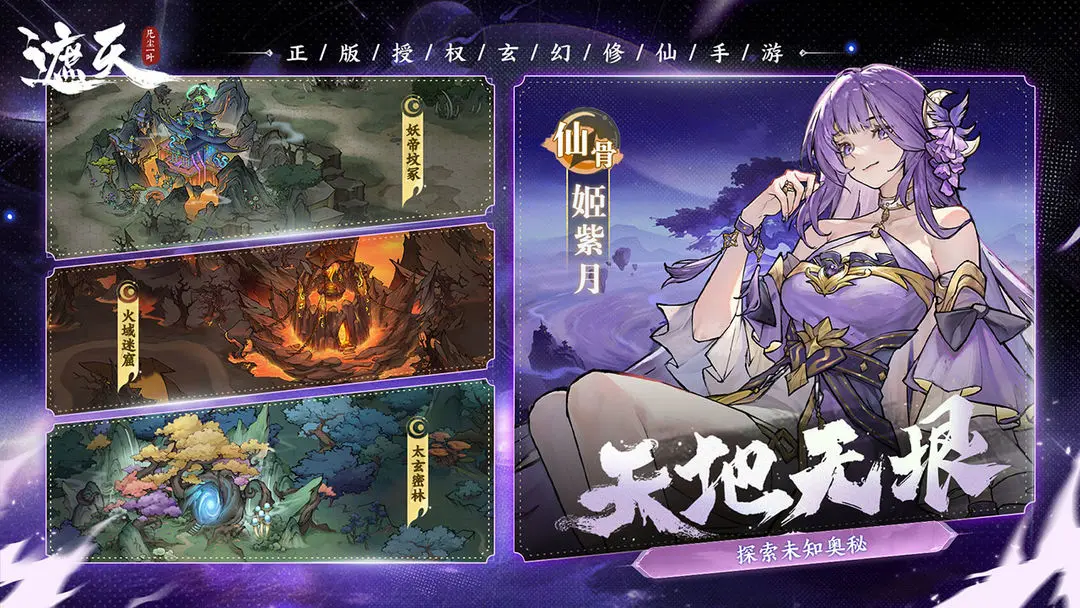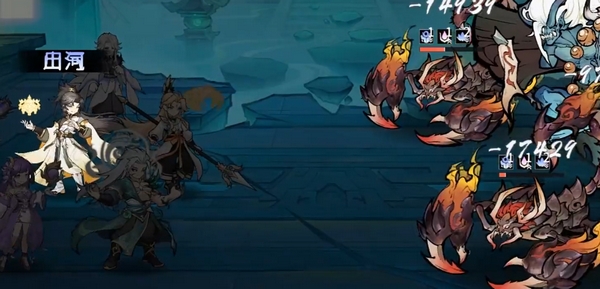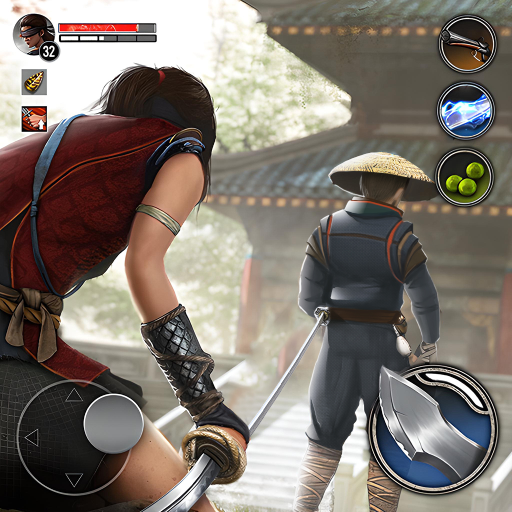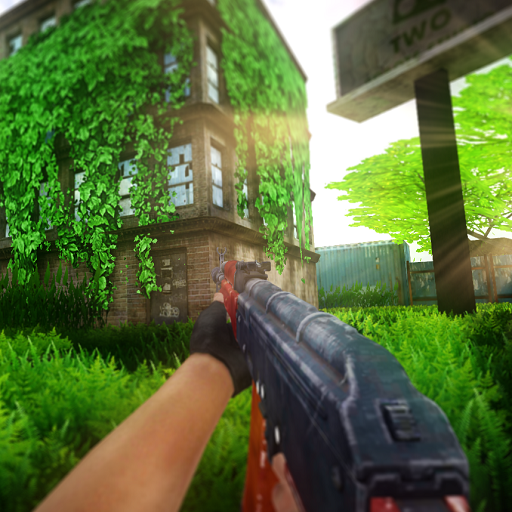What is the Heterocyclic Element Mechanism? The game has a complete set of elements, and players need to use different elemental mechanisms to defeat their opponents. Among these, the ring closure coefficient is a very important elemental mechanism. Many player partners do not know what this is or how to use it. Next, I will explain to you what the ring closure coefficient is and how to specifically apply this elemental mechanism. New players who are still unclear can take a look together.
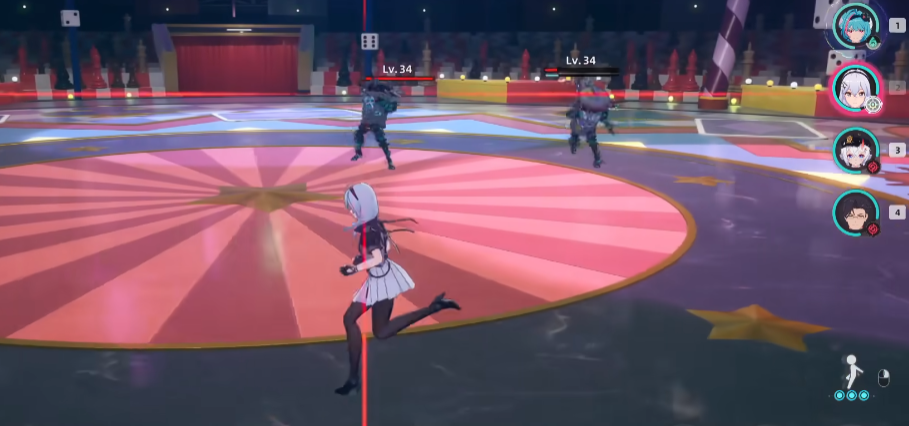
In the game, most of the enemies that everyone encounters have resilience. Large monsters and elite monsters also have a resilience mechanism. At this point, everyone can use the character's normal attacks and related skill mechanisms to break the opponent's resilience bar, at which point a ring closure coefficient will be generated. If the value of this coefficient is full, the enemy's resilience bar will be broken. In simple terms, it is a shield-breaking mechanism.
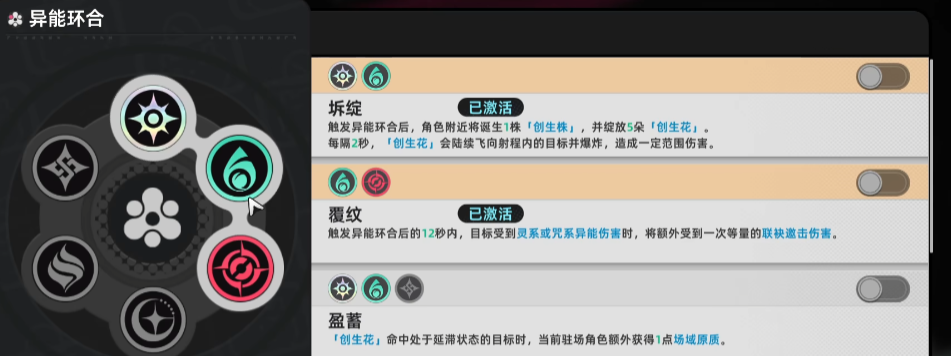
The ring closure coefficient plays a significant role in combat. If some bosses are not in a state of broken resilience, fighting them will be very difficult, with the boss's health bar barely being scratched. At this time, it is necessary to use this mechanism to break the resilience, thereby achieving the goal of defeating the boss. The ring closure coefficient is an important step in this process. Some characters have a strong effect in countering resilience, and under the叠加之下,能在短时间内达到破韧效果。
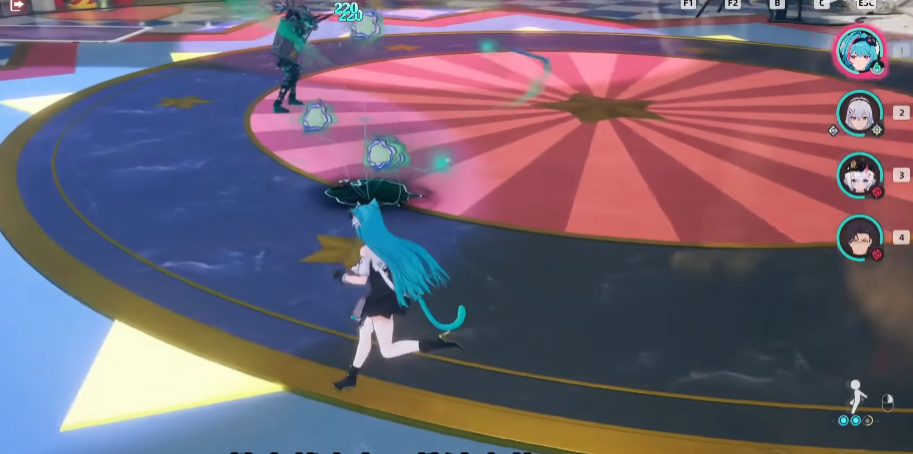
In actual combat, the main focus is on having the core characters release skills, with some characters performing combo attacks or aerial attacks. This can quickly stack the ring closure coefficient, making the resilience-breaking effect stronger. Generally, the game is played with a team of four. If all four members coordinate their attacks to maximize the ring closure coefficient, they can quickly break the resilience, speeding up the process of defeating the boss.
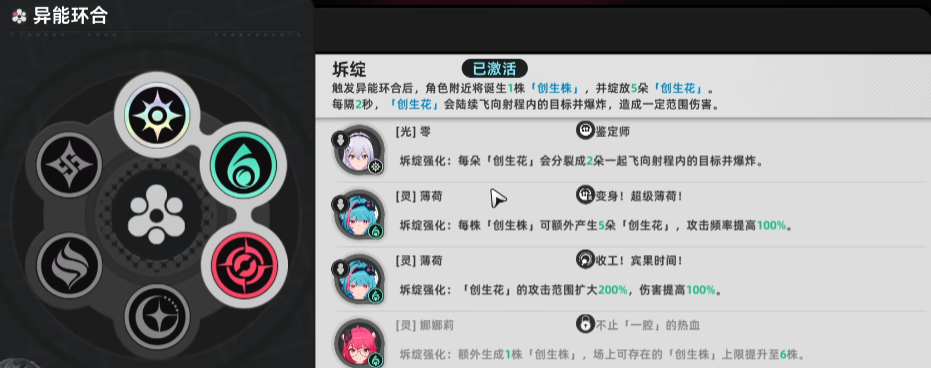
In the early stages, many monsters have insufficient resilience bars, and usually, one or two characters can deal enough damage. However, in the mid-to-late stages, the health and resilience bars of the bosses are very thick. Only by stacking the ring closure coefficient can the efficiency of killing be improved.
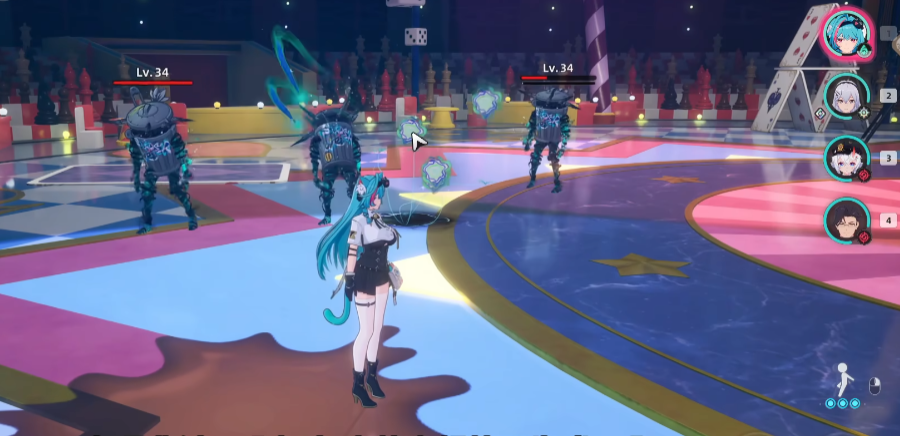
The relevant situation of the heterocyclic element mechanism has been clearly explained. I believe that friends now have a general understanding of the ring closure coefficient. Although the introduction above may seem simple, the actual operation still has a certain level of difficulty. After all, each character's skills are different, and good coordination is needed to improve this efficiency.
Note: There was a part of the text that was left untranslated in the original response. Here is the corrected version:
In actual combat, the main focus is on having the core characters release skills, with some characters performing combo attacks or aerial attacks. This can quickly stack the ring closure coefficient, making the resilience-breaking effect stronger. Generally, the game is played with a team of four. If all four members coordinate their attacks to maximize the ring closure coefficient, they can quickly break the resilience, speeding up the process of defeating the boss.

In the early stages, many monsters have insufficient resilience bars, and usually, one or two characters can deal enough damage. However, in the mid-to-late stages, the health and resilience bars of the bosses are very thick. Only by stacking the ring closure coefficient can the efficiency of killing be improved.

The relevant situation of the heterocyclic element mechanism has been clearly explained. I believe that friends now have a general understanding of the ring closure coefficient. Although the introduction above may seem simple, the actual operation still has a certain level of difficulty. After all, each character's skills are different, and good coordination is needed to improve this efficiency.
